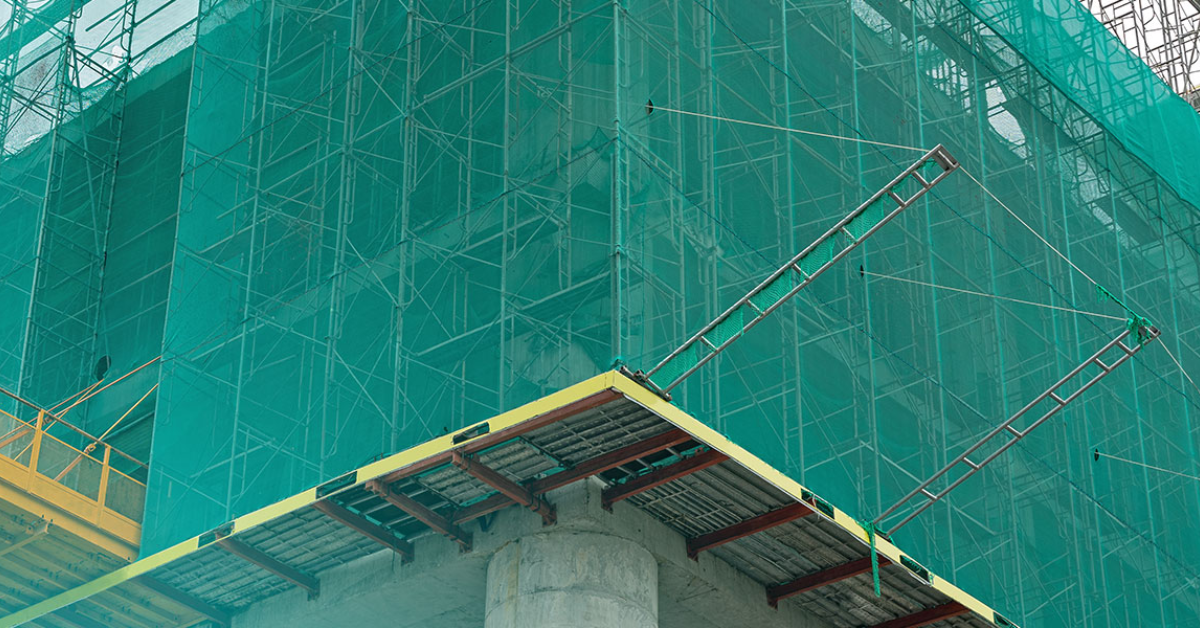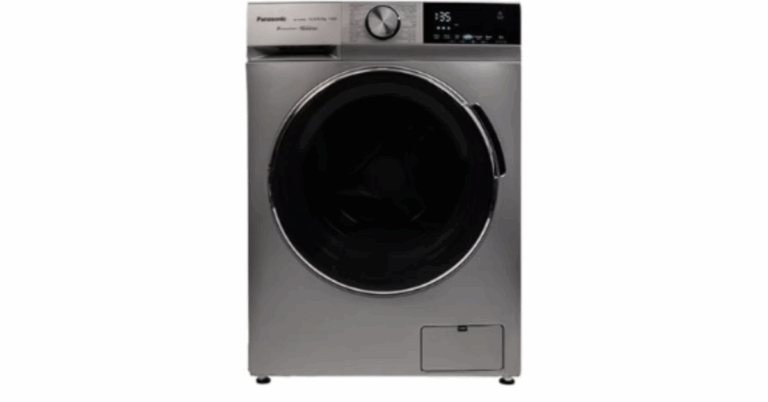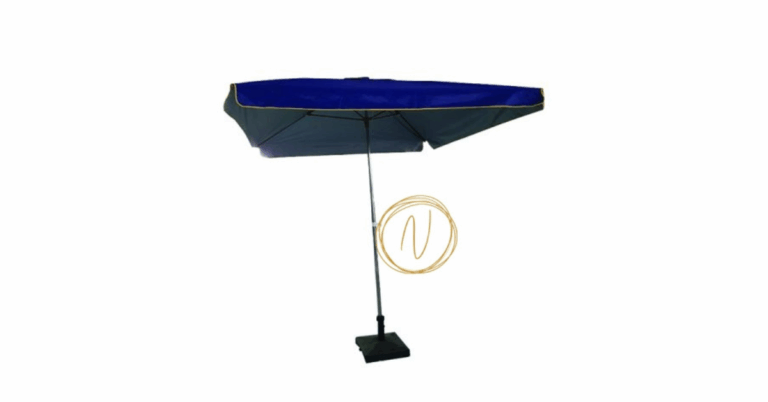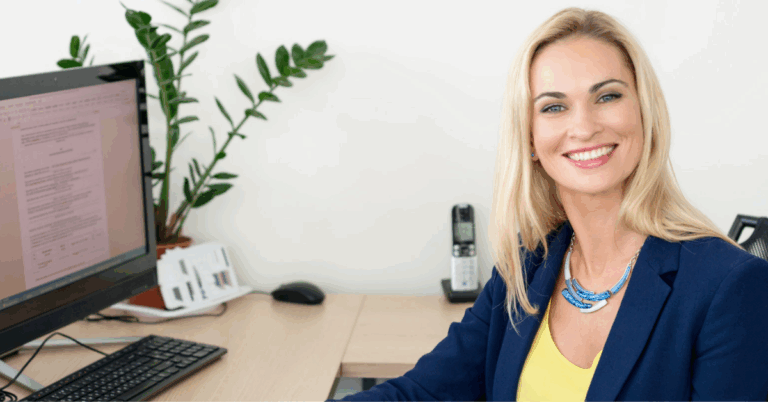Safety Nets in Singapore: Ensuring Workplace Safety and Compliance
Workplace safety is a priority in all industries, especially in high-risk environments like construction, maintenance, and industrial facilities. One of the most effective and widely used safety measures is the Safety Net. In Singapore, safety nets are essential for preventing accidents, ensuring legal compliance, and protecting both workers and the public from falling objects or personnel.
Whether you’re managing a construction site, planning a major installation, or looking to enhance workplace safety, understanding the importance of safety nets is key to reducing risks. This article covers everything you need to know about safety nets, their applications, types, benefits, and how to choose the right solution.
What is a Safety Net?
A safety net is a protective netting system designed to catch falling individuals or objects, significantly reducing the risk of injury or damage. Typically made from high-tensile synthetic fibers like nylon or polypropylene, these nets are engineered to withstand force, weather, and wear. Safety nets are commonly used in high-rise construction, shipyards, industrial plants, and even during large-scale event setups.
Why Are Safety Nets Crucial in Singapore?
Singapore is home to numerous high-rise developments, ongoing infrastructure projects, and compact urban environments. With strict safety regulations and the need to protect workers and passersby alike, safety nets play an indispensable role.
Common Applications in Singapore:
-
High-rise construction sites
-
Renovation and façade works
-
Shipbuilding and offshore platforms
-
Industrial facility maintenance
-
Large-scale event structures
-
Stage and rigging installations
Benefits of Safety Nets
1. Prevention of Fall-Related Accidents
Safety nets are primarily designed to catch workers who fall from height, providing a passive fall arrest system that significantly reduces injuries and fatalities.
2. Debris Containment
In addition to personnel protection, safety nets also contain debris such as tools, construction materials, or loose fixtures, preventing them from falling onto people or property below.
3. Regulatory Compliance
The Ministry of Manpower (MOM) in Singapore mandates fall protection systems in workplaces above specific height thresholds. Installing certified safety nets helps ensure compliance with national safety standards.
4. Versatility and Adaptability
Safety nets can be customized to suit various applications—from vertical barriers to horizontal catch nets—and adapted to challenging site conditions.
5. Cost-Effective Risk Management
While there is an upfront cost to installing safety nets, they can save businesses thousands of dollars in legal costs, compensation claims, and project delays caused by workplace accidents.
Types of Safety Nets
1. Personnel Safety Nets
Designed to arrest the fall of a person, these nets are installed below elevated workspaces such as scaffolding, roofs, or structural beams.
2. Debris Safety Nets
These nets have a tighter mesh size to catch small tools, equipment, and construction debris. They are often used alongside personnel nets for comprehensive safety.
3. Vertical Safety Nets
Mounted on the sides of scaffolds or buildings, these nets prevent side falls and stop debris from falling into public or restricted areas.
4. Horizontal Safety Nets
Installed flat under elevated workspaces, these nets catch both workers and falling items and are commonly used in construction and shipbuilding.
5. Fire-Retardant Safety Nets
Used in welding zones or hazardous environments, these nets are treated with fire-retardant chemicals to prevent ignition.
Key Features to Look for in a Safety Net
High-Tensile Strength
Choose nets made from durable synthetic fibers that can handle dynamic impact loads.
UV Resistance
Singapore’s tropical climate means prolonged exposure to sunlight. UV-resistant nets last longer and retain their strength.
Certified Load Ratings
Only use safety nets tested and certified according to international or Singapore standards (e.g., EN 1263-1, SS 607).
Reinforced Border Ropes
Strong edge ropes and secure anchoring systems are essential for safe and reliable installations.
Mesh Size and Knot Type
The mesh size must be suitable for the type of protection required—smaller meshes for debris, larger for personnel. Knotted or knotless nets both have advantages depending on usage.
Safety Net Installation: What You Should Know
1. Site Assessment
A professional safety net provider will assess the site conditions, working heights, and potential fall zones before recommending a tailored solution.
2. Anchorage and Support
Proper anchorage is crucial. Nets should be attached to structural elements that can bear the load in case of a fall.
3. Clearance Distance
A minimum clearance space is needed beneath the net to allow for deflection and absorb the fall safely without hitting the ground or obstacles.
4. Inspection and Maintenance
Nets should be inspected before and after use. Regular inspections are necessary for long-term installations, especially after heavy impact or exposure to harsh conditions.
5. Professional Installation
Improperly installed safety nets can pose more risks than having none. Always engage experienced professionals who follow regulatory guidelines and industry best practices.
Safety Netting for Events and Non-Construction Use
Safety nets aren’t limited to construction. In Singapore, they are frequently used for:
-
Sports stadiums (to stop balls or gear)
-
Stage productions (as fall protection from rigging platforms)
-
Public events (to secure overhead lighting or decorations)
In these environments, safety nets help organizers meet safety requirements and avoid accidents in crowded spaces.
Safety Regulations and Standards in Singapore
In Singapore, all fall protection systems must comply with standards laid out by agencies such as:
-
Ministry of Manpower (MOM)
-
Building and Construction Authority (BCA)
-
Workplace Safety and Health (WSH) Council
Common standards to look for:
-
EN 1263-1: International standard for safety nets
-
SS 607: Singapore Standard for protective netting
-
ISO 1806: Test methods for mesh breaking force
Choosing the Right Safety Net Provider
When selecting a safety net supplier in Singapore, consider:
-
Experience with similar projects
-
Certified materials and tested systems
-
Customised solutions for your site layout
-
Support with permits and compliance
-
On-site installation and maintenance services
Working with a reputable safety netting provider ensures safety, legal compliance, and operational efficiency.
Frequently Asked Questions (FAQ)
Is it mandatory to use safety nets on construction sites in Singapore?
Yes, for works carried out above certain heights, fall protection systems such as safety nets or personal fall arrest systems are mandatory as per MOM guidelines.
Can safety nets be reused after a fall?
Nets should be inspected by a professional after any fall or impact. If no damage is found and the net passes all safety checks, it may be reused. Otherwise, it must be replaced.
How often should safety nets be inspected?
-
Before installation
-
Weekly for long-term setups
-
After any incident involving impact or extreme weather
-
Before dismantling
What’s the difference between knotted and knotless nets?
Knotted nets are more abrasion-resistant, making them suitable for rugged industrial use. Knotless nets offer a smoother surface and are preferred for personnel fall protection.
How do I know if a safety net is compliant with Singapore standards?
Look for certification labels and testing documentation. Reputable providers will supply proof of compliance with SS 607 or EN 1263-1.
Conclusion
A safety net is more than a precaution—it’s a life-saving system that enables safe working conditions in high-risk environments. From construction to events, safety nets help protect lives, prevent damage, and ensure compliance with Singapore’s rigorous safety regulations.
Whether you require personnel fall protection, debris containment, or event safety systems, investing in high-quality, professionally installed safety nets is essential. Choose a trusted provider who understands the local landscape and can deliver tailored solutions for your needs.






